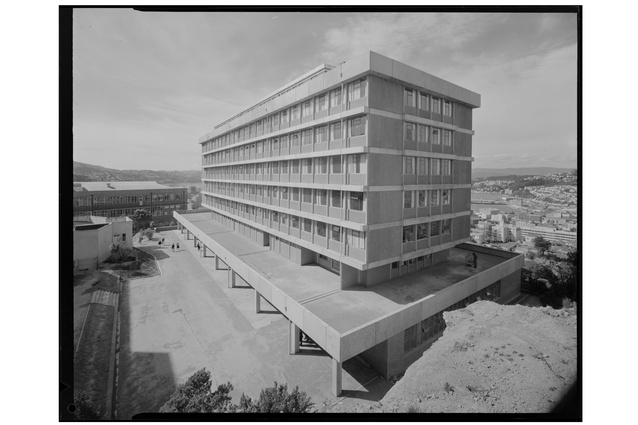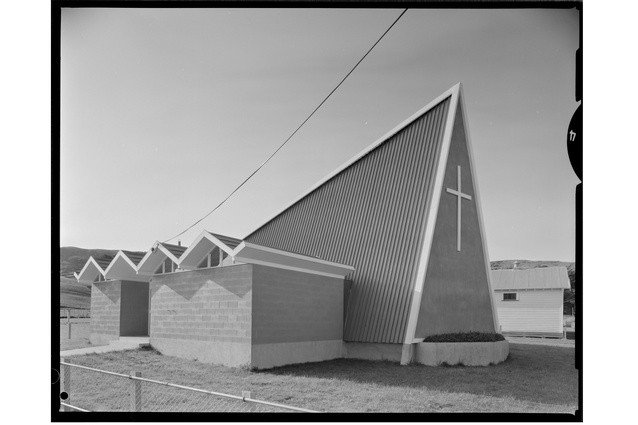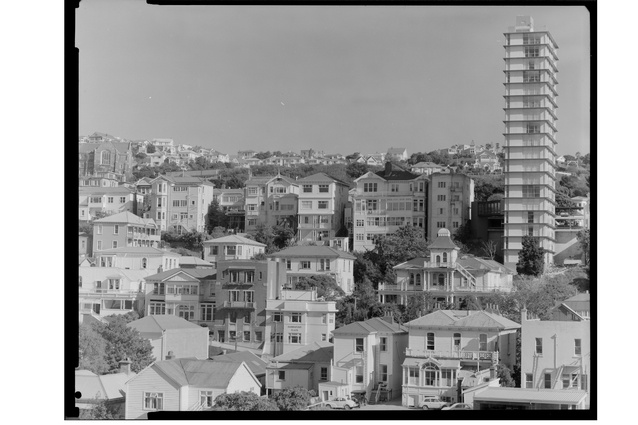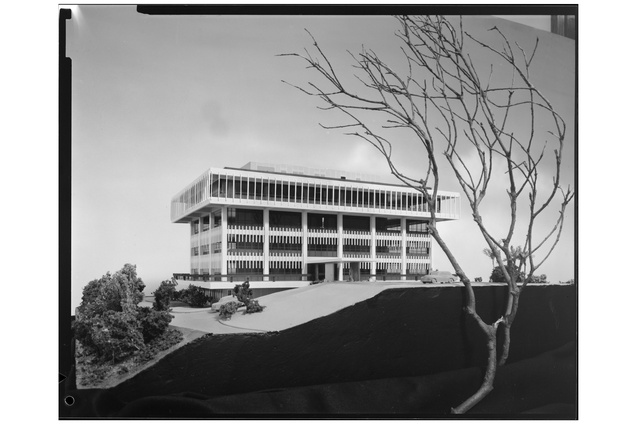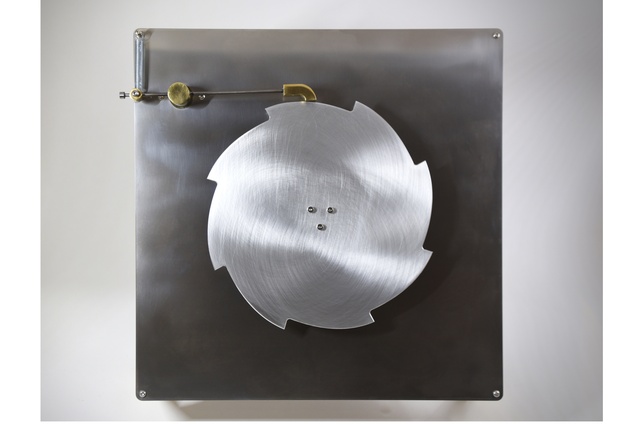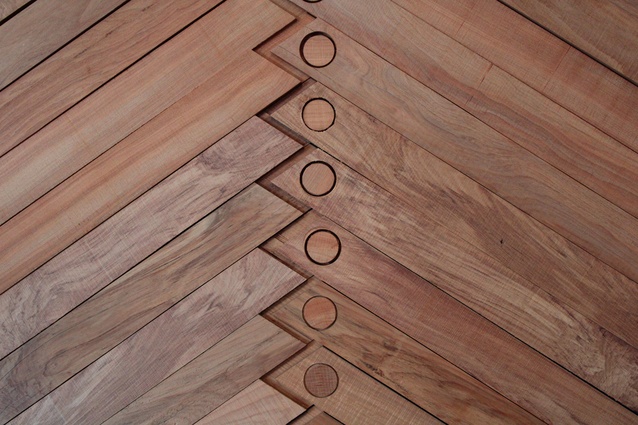Duncan Winder: architectural photographs
Showing at Te Pātaka Toi Adam Art Gallery from 13 July to 22 September 2024, Duncan Winder: architectural photographs presents a selection from the archive of architectural photographer Duncan Winder, brought together by guest curator Sebastian Clarke.
Duncan Winder was born in Prescot, United Kingdom in 1919. He studied architecture at the Liverpool School of Architecture, emigrating to Aotearoa in 1955, where he settled in Te Whanganui-a-Tara. He worked at the architectural firm Gray Young Morton and Calder, alongside architects Michael Fowler and Daryl Cockburn, and worked on the design of the Easterfield building at Te Herenga Waka Victoria University of Wellington. He subsequently left architectural practice to commit to full-time photography and, with his architectural eye, produced a seminal body of images of post-war architecture. Long an overlooked figure of architectural photography, despite his significant contribution, his archive has recently been digitised and made publicly accessible. Winder died in Te Whanganui-a-Tara in 1970.
“When he transitioned from architect to photographer in the 1960s, Winder was one of a new generation of architectural photographers bringing a local perspective to the growing international trend of post-war architectural photography,” says curator Sebastian Clarke. “More than providing imagery of modern architecture to mainstream audiences, this more-intentional, savvy approach to photographing buildings broadened the potential of the medium.”
Winder’s practice was largely focused on architecture in Te Whanganui-a-Tara Wellington and central parts of Te Ika-a-Maui North Island. In the decades that have passed since his death, many of the buildings that he documented have been irreversibly altered or demolished. In some cases, Winder’s images endure as the primary account of important pieces of Aotearoa New Zealand architectural history, with the value of Winder’s archive only growing with time.
Notably, Winder is the only New Zealand architectural photographer whose archive has been digitised and made publicly accessible, thanks to the work of the Alexander Turnbull Library. “This presents a unique opportunity for appraising and re-appraising Winder’s catalogue, and to expand our perspective on the evolution of architectural photography in Aotearoa,” says Clarke. “This exhibition presents a series of Winder’s architectural photographs across several themes, which together deepen our knowledge of the nature and calibre of his archive.”
Duncan Winder: architectural photographs is staged concurrently with the exhibition The buildings notice me.
Sebastian Clarke (Ngāti Awa, Pākehā) is a writer and researcher interested in New Zealand architectural and craft histories. He is a graduate of the School of Architecture and Planning, University of Auckland. This project draws on his 2020 Master’s Thesis through the Te Herenga Waka—Victoria University of Wellington Faculty of Architecture and Design Innovation Te Wāhanga Waihanga-Hoahoa, titled Duncan Winder: architectural photographer.
Duncan Winder: architectural photographs has been realised through the support of the late architect Bill and his wife Margaret Alington, ONZM, who made a significant gift to Te Pātaka Toi Adam Art Gallery in 2023 to support projects that will advance architectural knowledge. The gallery also acknowledges the generous support of the Alexander Turnbull Library and Te Koki New Zealand School of Music.
Te Pātaka Toi Adam Art Gallery is open Tuesday–Sunday, 11am–5pm.
Duncan Winder: Interior Photography as Self-Portrait
Lunchtime talk with Peter Wood
Te Pātaka Toi Adam Art Gallery
12.00pm, Thursday 15 August
In this talk Peter Wood, Senior Lecturer at the Wellington School of Architecture Te Herenga Waka Victoria University of Wellington, shares insights from his research into the photography of Duncan Winder. With no known photographs existing of Winder himself, of interest to Wood is Winder’s determination to remain behind the lens, only ever appearing in frame as shadows and, on occasion, a blurred reflection. Exploring Winder’s interior photography, Wood considers the potential to also explore the biography of the photographer. In approaching Winder’s House interior, study – on view in Duncan Winder: architectural photographs – as a knowing self-portrait by the photographer, Wood draws us into an interrogation of the visual scene for evidence of Winder’s inner world.


